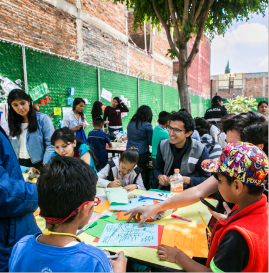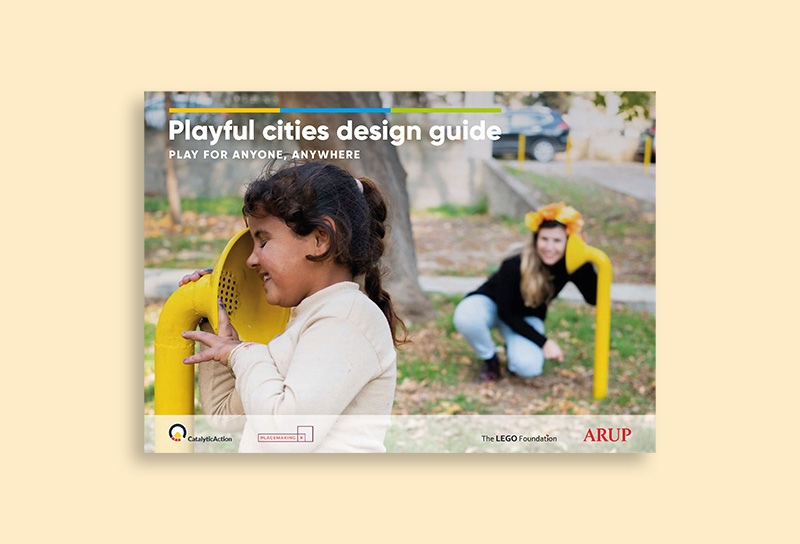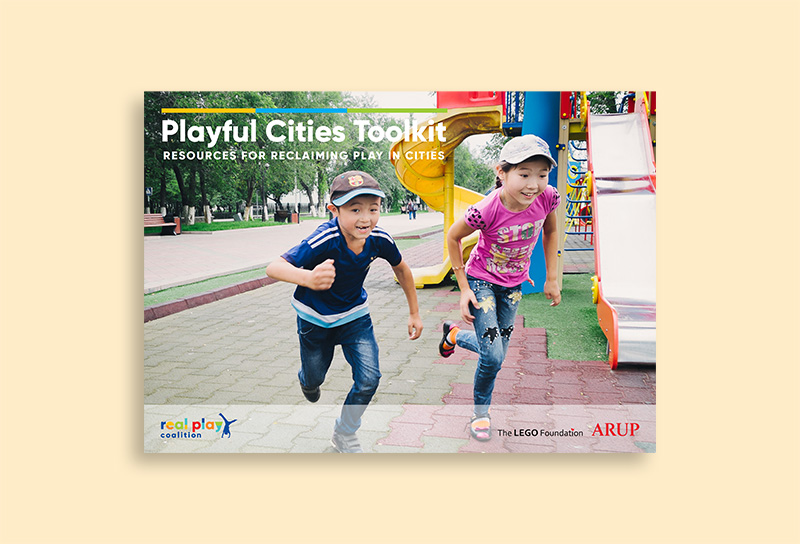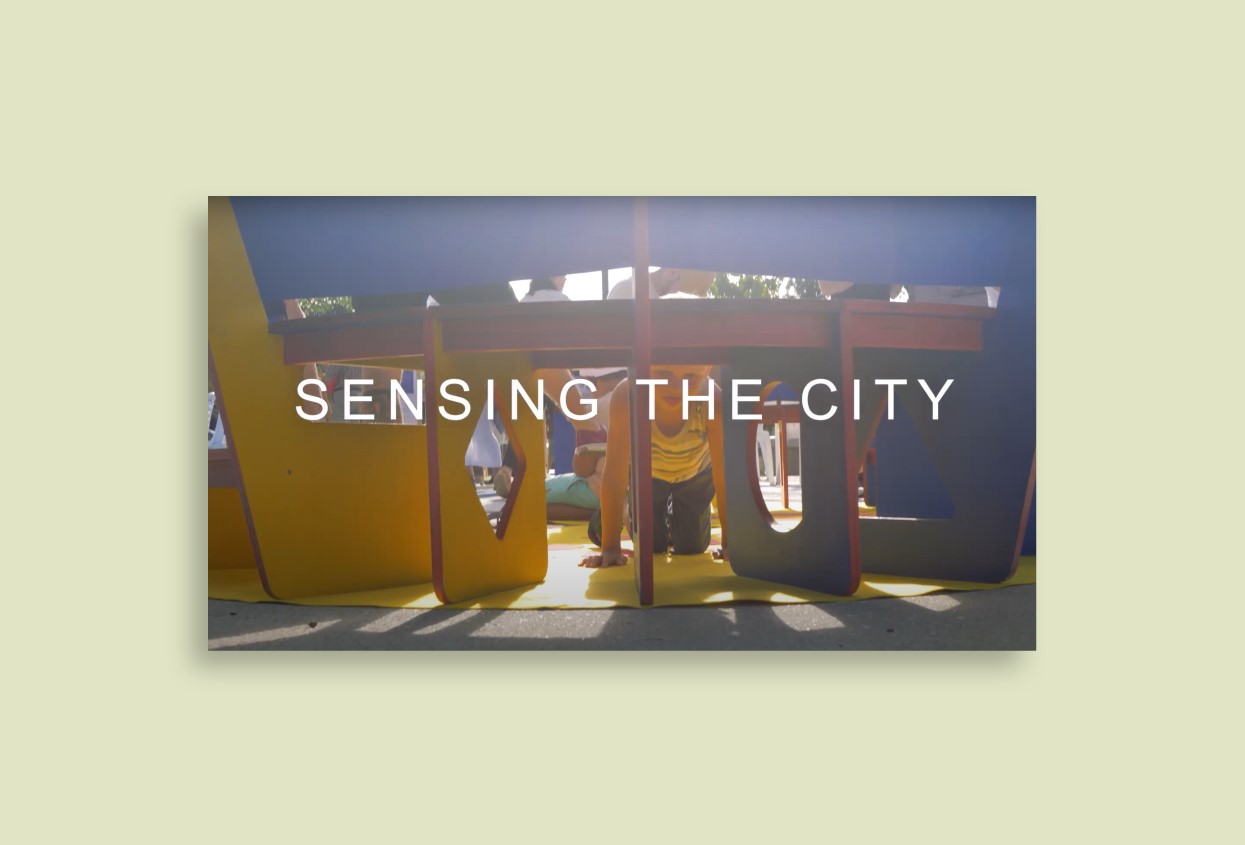
Overview
The Urban Toys Initiative is a competition in Mexico City that focuses on child-centred design to reactivate underused public spaces through temporary playful interventions. The competition is held in areas with high population densities of children, and winning teams of designers receive a monetary prize and the opportunity to see their design implemented. The core focus of the initiative is on the construction, implementation, and impact assessment of the interventions, with a view to making public policy recommendations around the impact of play in urban environments. The Urban Toys Initiative is designed to empower citizens to improve public spaces through play.
Location:
Mexico City, Mexico
Organisation:
LabCDMX
Partner organisations:
Mexico City’s Historic Centre Authority, Historic Centre Trust Fund, Public Space Authority, Secretary of Government CDMX
Beneficiary:
Local community
Scale of proximity:
City
Built environment component:
Public Space
Design insights
Process:
Participants to the competition are guided through the following design steps:
(1) Create in interdisciplinary teams.
(2) Think of playful and ingenious proposals that challenge the established typologies and conceptions of urban play.
(3) Experiment with shapes, perspectives and materials that can provoke other kind of looks, interactions and activities.
(4) Attend a workshop that is organized in each of the intervention spaces, where the designers will be able to interact with the children who live or spend much of their day near the site.
(5) Think critically about your experience: how you played, what you enjoyed most, the spaces you liked to explore.
(6) Consider the value of the relationship between the game and the forms of space.
Implementation insights
As this was the first time a prototype like this was made in Mexico City, it required creating a collaboration ecosystem of government agencies to participate in the construction of the competition and follow the development of the project.
To generate a city-wide change, the interventions need to balance action-research, knowledge and data-driven measurements to demonstrate the impact of play in order to be translated into evidence-based policy.
Sometimes the local community might have a mistaken idea of what is pushing them out of a space. In one of the intervened squares there was a community of 8-10 homeless people and most parents saw them as one of the main reasons as to why the square was dangerous (amongst drug dealing, lack of maintenance and urban lighting). The engagement process considered inviting homeless people to be part of the design process and it proved to be advantageous as they became protectors of the intervention and explained to visitors how The space was created and the mutual benefit.
Links:
https://juguetes-urbanos.labcd.mx/
https://labcd.mx/experimentos/juguetes-urbanos/
https://maciaestudio.com/Juguetes-urbanos
https://thecityateyelevel.com/app/uploads/2020/01/Mexico-City.pdf



